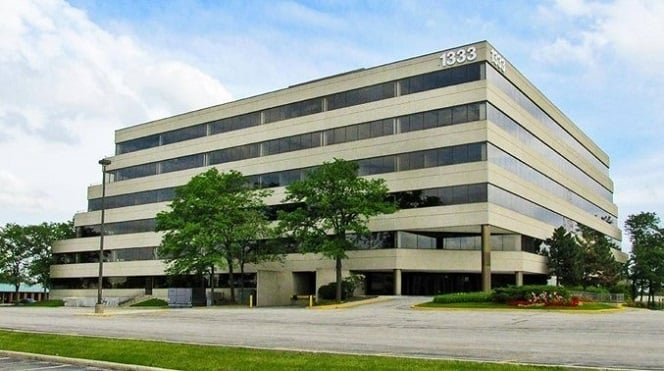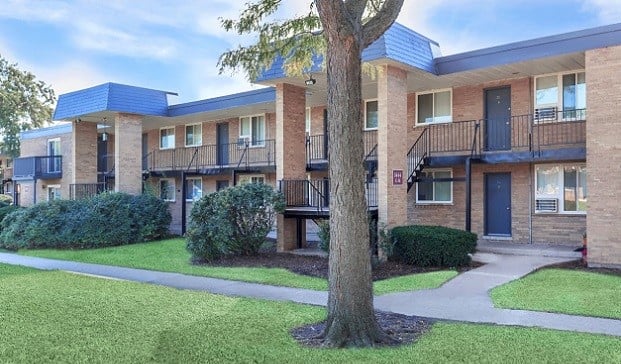NEW YORK CITY—Corporate occupiers value sustainability in their office space, and make a point of it in leasing negotiations. “There can be no doubt that a discussion about corporate social responsibility takes place with almost every occupancy decision made today, “ says Eric Duchon, sustainability strategies director at Cushman & Wakefield. However, a client survey conducted by C&W reveals that questions remain about putting a price tag on it, whether in terms of how much it's worth to pay more for it or how much is lost by not paying attention to it.
“Demand for sustainable properties from stakeholders on both sides is strong and occupiers and investors are both developing internal policies to address sustainability in their organizations,” according to C&W's report. “However, occupiers and investors struggle with quantifying the premium being applied in the market for sustainable property.”
Among the 37 real estate and sustainability directors at 23 US-based corporations surveyed by C&W, 74% see value in going to a sustainable building compared to a non-sustainable one. Of those, 88% think sustainability leads to reduced occupancy costs. However, while 48% of respondents said they believe a more sustainable building can command a rental premium in some markets, only 39% are willing to pay that premium.
That being said, more than half of respondents said poor sustainability is a factor in not selecting a particular location, although not a driver of the decision to locate in a particular market. While 92% of respondents do new build-outs to sustainable standards, only 40% are allocating funds to improve this aspect of existing space. Furthermore, just 35% set minimum performance standards around energy, water and waste that affect their site selection or day-to-day operations.
All in all, though, corporate real estate clearly has embraced corporate social responsibility, C&W says. “Occupiers in the Fortune 1000, as well as those in high-growth industries such as technology, life science, and healthcare, are more focused on establishing formal CSR policies, due in large part to the increasing pressure they receive from stakeholders and employees. Evidence proves that sustainable buildings are more efficient, and that translates into cost savings for any building operator.”
However, C&W notes that “quantifying the risks to an occupier of not being green or the value contribution beyond energy savings remain open questions. There is a clear general perception that sustainable properties cost more. Yet, LEED certification alone has not been directly correlated with this market premium; a number of other factors such as location, amenities, age, etc. contribute.” As buildings and tenant spaces become more energy efficient generally, “it remains to be seen if sustainability will remain a distinguishing factor, or if it evolves to become common industry practice.”
The corporate tenants surveyed by C&W spanned the banking/financial services, healthcare, consumer products, technology and advertising/communications sectors. Participants included Adobe, AIG, Capital One, CIGNA, Cisco, Ericsson, EY, First American Title Corp., J.P. Morgan Chase, LinkedIn, MasterCard, MetLife, Mondelez, Morgan Stanley, Pfizer, PG&E, Salesforce.com, Sun Life Financial, Symantec, UBS, Unilever, United Technologies and WellPoint.
© Touchpoint Markets, All Rights Reserved. Request academic re-use from www.copyright.com. All other uses, submit a request to [email protected]. For more inforrmation visit Asset & Logo Licensing.







